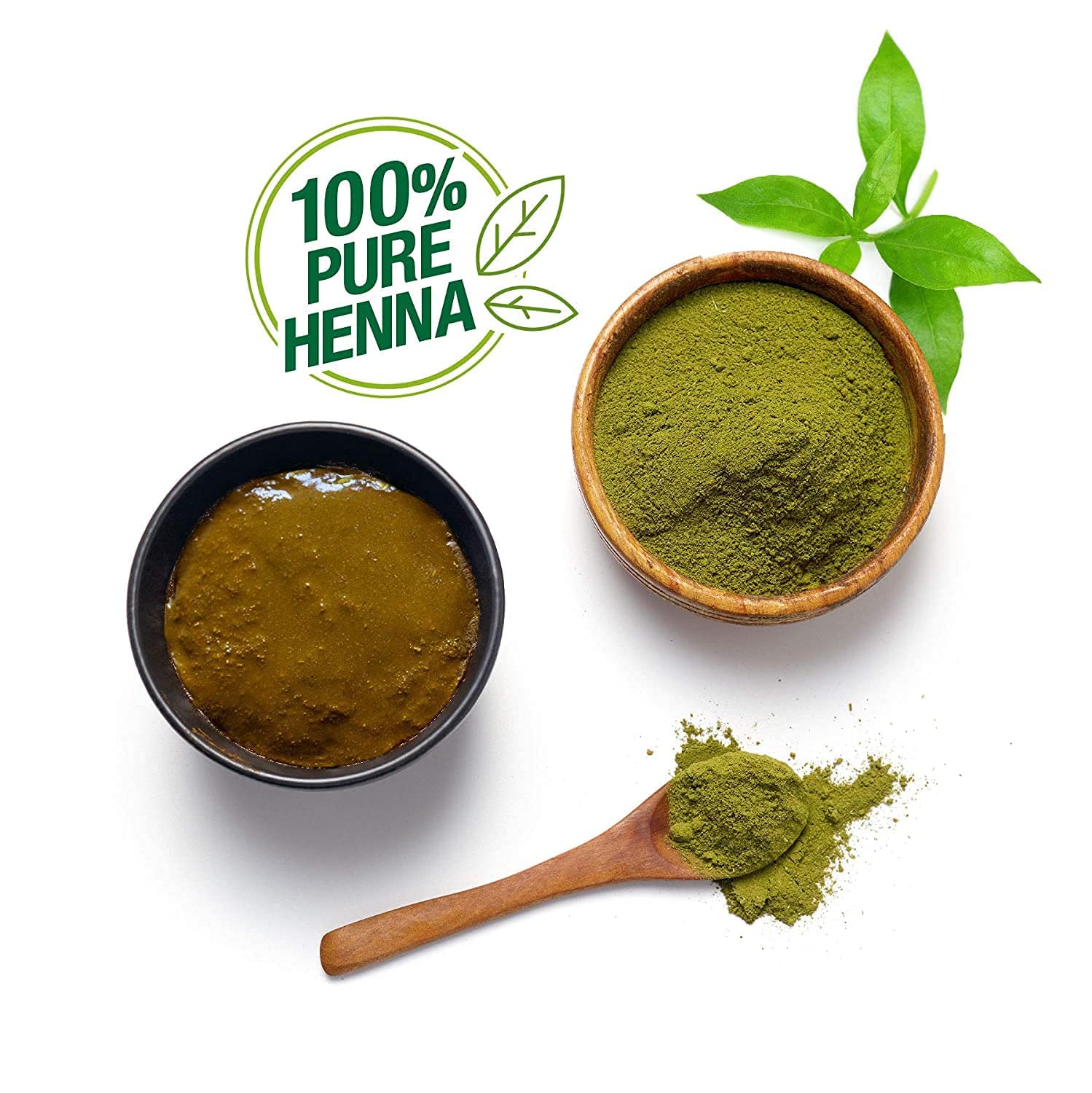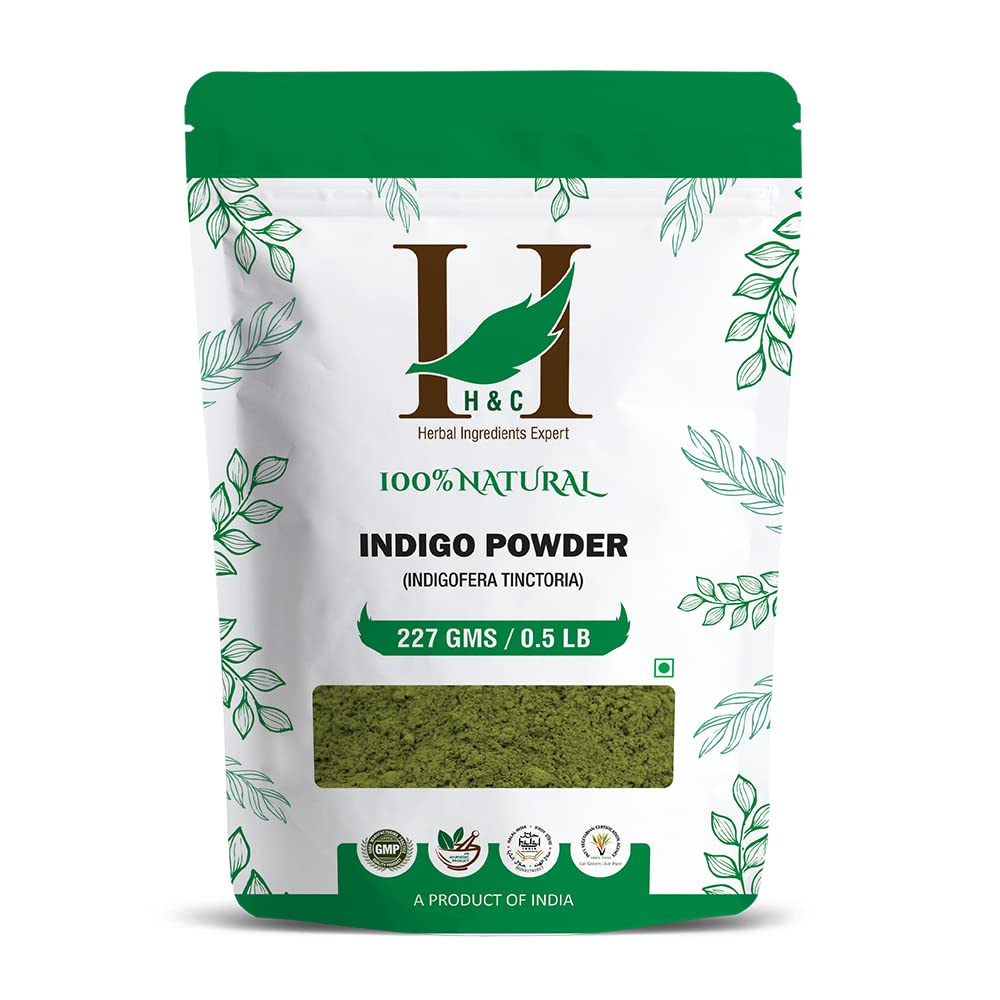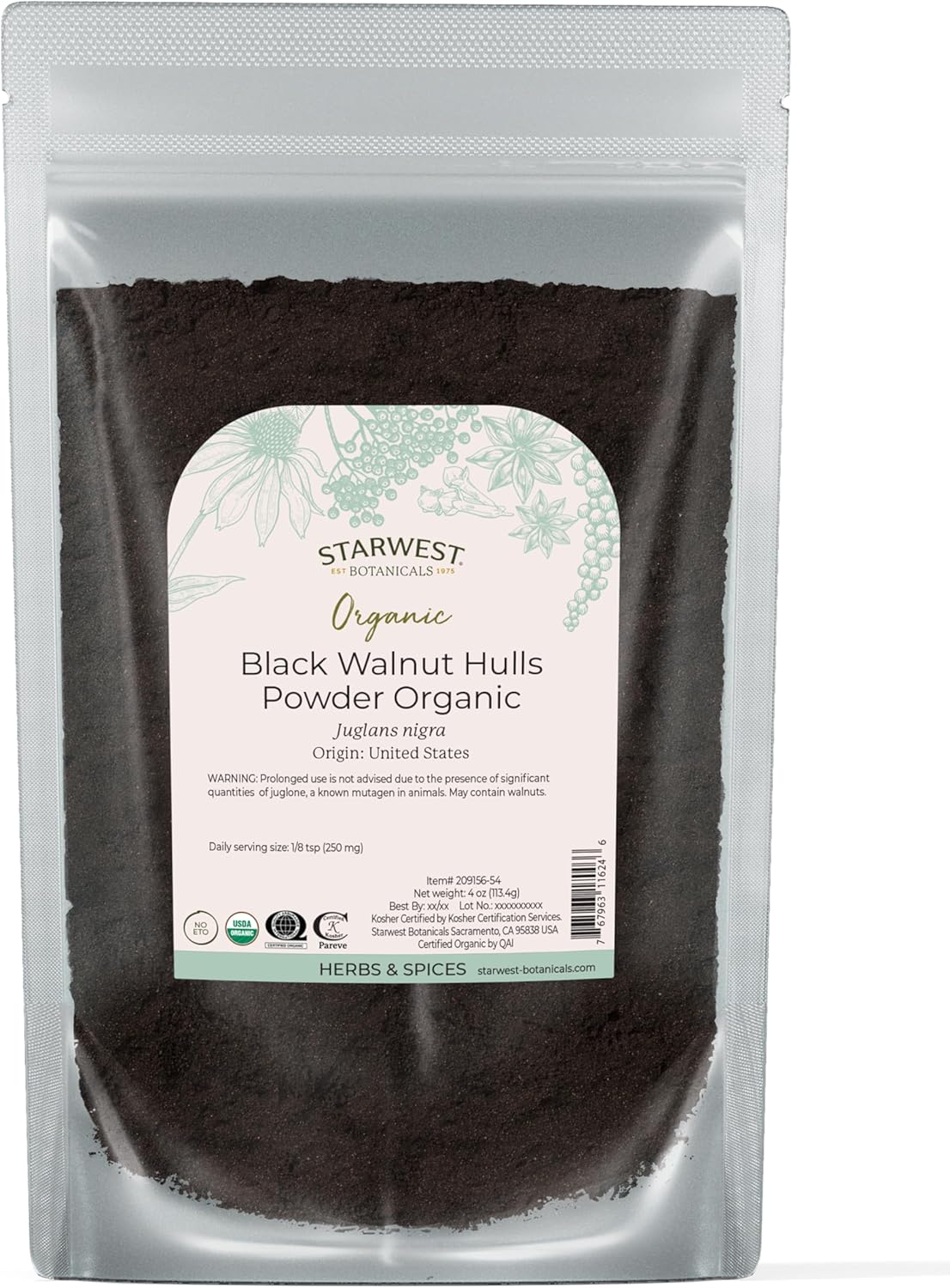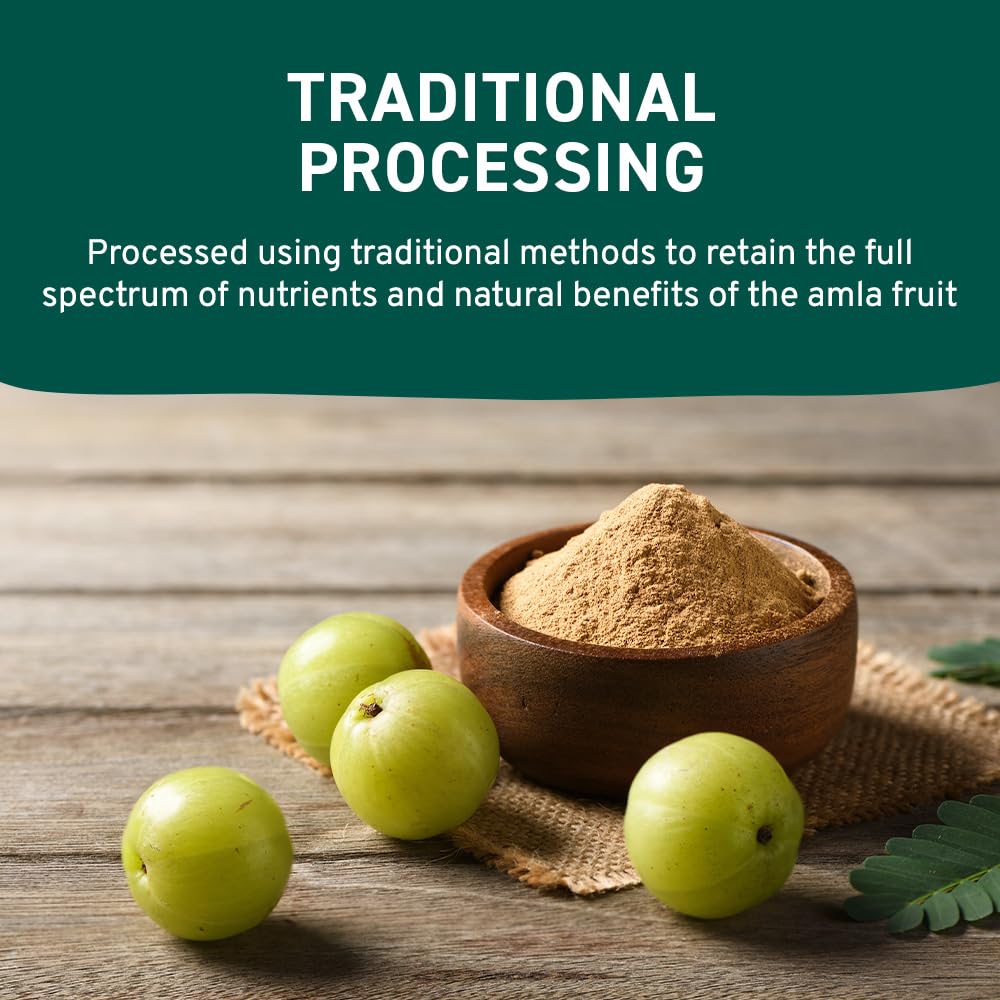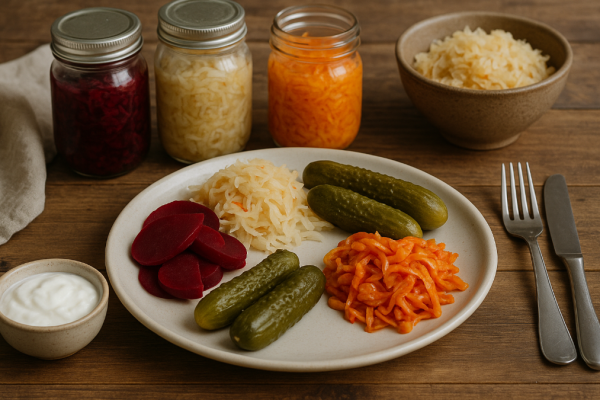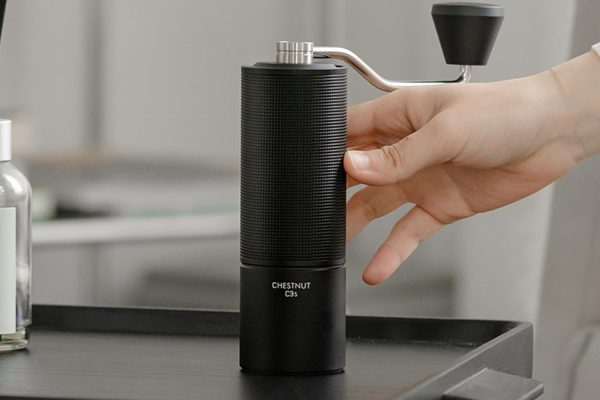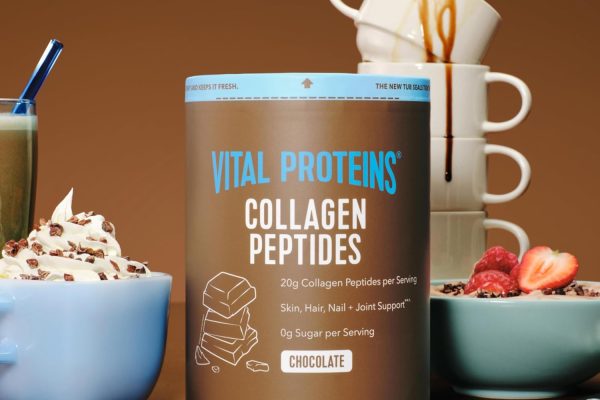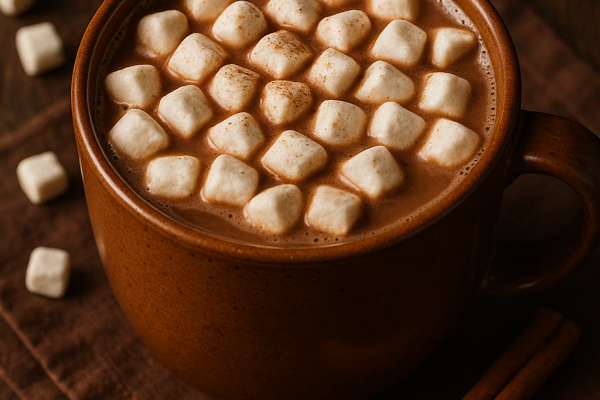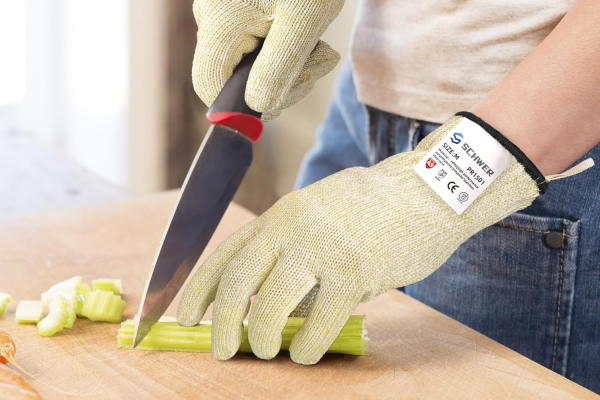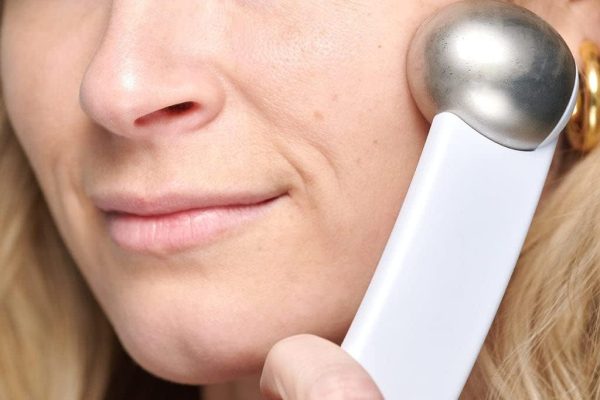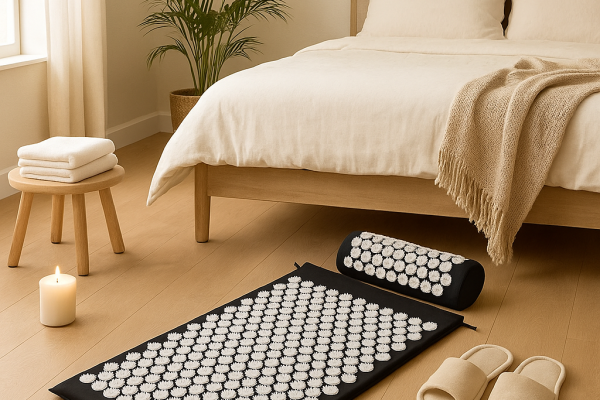
Gray hair isn’t just lighter—it’s chemically different. Your gray strands lack melanin, the pigment responsible for color, and they have tightly closed cuticles that resist external coloring agents. This makes achieving genuine dark coverage with botanicals a game of chemistry, not hope.
Synthetic dyes use developers and oxidative processes to force tiny dye particles deep into hair’s cortex, permanently altering color from within. Natural dyes work differently. They function as direct dyes, coating the hair shaft and binding to keratin protein on the surface. To win with botanicals, you need the right formulas, precise pH levels, and realistic processing times.
The good news? When done correctly, herbal masks deliver durable, dark coverage that lasts 3-4 weeks—comparable to semi-permanent color.
Why Gray Hair Resists Color
Gray hair presents two obstacles:
Structural barrier: The cuticle layer sits flat and tightly sealed, creating a protective barrier that blocks pigment penetration. This is the opposite of virgin hair, which has slightly raised cuticles ready to accept color.
No binding sites: Without natural melanin, there are fewer chemical anchors for pigment to grip. This means your botanicals must be potent enough to create their own adhesion points.
Sebum, product buildup, and mineral deposits worsen this problem by creating an additional physical barrier. A thorough clarifying shampoo before coloring is non-negotiable for results.
The Three Primary Botanicals and How They Work
Godrej Nupur Henna Mehndi [click to view…]
Henna leaves contain lawsone, a naphthoquinone compound that penetrates the outer hair shaft and forms a semi-permanent chemical bond with keratin protein. This bonding is what makes henna so durable—the color doesn’t wash away easily because it’s chemically anchored, not just sitting on the surface.
Lawsone requires a mildly acidic environment (pH 4.5-6.0) to release properly. Hot water destroys the dye molecules, resulting in lighter, brassy coverage. Instead, mix henna powder with warm (not hot) water, mild acids like diluted lemon juice, or better yet, amla powder. Allow 4-12 hours for dye release before application.
Expected result on gray hair: Copper to reddish-brown base coat.
100% Natural Indigo Powder for Hair [click to view…]
Indigo provides the blue tones needed to shift henna’s warmth toward cool browns and blacks. The indigotin molecule is highly sensitive to oxidation and loses potency rapidly.
Here’s the critical detail: Indigo requires neutral to slightly alkaline water—the opposite of henna’s acidic requirement. Never mix indigo with lemon juice or vinegar. Use plain, warm distilled water only. And apply immediately after mixing. Indigo paste begins degrading within 20-30 minutes.
Expected result: Blue undertones that combine with henna’s red base to create true dark brown or black.
Black Walnut Hulls (Juglone)
Starwest Botanicals Organic Black Walnut Hull Powder [click to view…]
Black walnut contains juglone, a potent naphthoquinone that stains hair dark brown to black in a single application. It’s more powerful than henna alone but lacks henna’s permanence. The color lasts as a strong semi-permanent stain.
Black walnut is notorious for staining skin “next to impossible to remove.” Gloves and a thick petroleum jelly barrier along your hairline are mandatory.
The Pre-Color Protocol That Changes Everything
Before applying any botanical mask, strip your hair completely.
Use a clarifying shampoo or even a drop of dish soap to remove silicone, residue, and mineral buildup. Silicones create a resistant barrier that prevents lawsone and juglone from adhering. Skip conditioner entirely at this stage.
Next, perform a strand test. Take a 1-inch section of gray hair from an inconspicuous area near your ear or the back of your head. Mix your final formula and apply it to this strand. Process for the full prescribed time (typically 1-4 hours). Rinse and wait 24 hours—natural dyes continue deepening and oxidizing post-rinse, so you won’t see the true color immediately.
Also conduct a patch test behind your ear or on your inner elbow to check for allergic reactions, even though these are botanical ingredients.
Why One Step Fails (The Two-Step Henna + Indigo Method)
Attempting to mix henna and indigo together creates a chemical compromise. You end up with muddy, dark brown at best—not jet black. Here’s why:
Henna needs mild acidity (pH 4.5-5.5) for optimal lawsone uptake. Indigo needs neutral pH for indigotin adhesion. When forced together, neither achieves its ideal environment, and indigo’s adhesion to smooth gray hair becomes unreliable, often resulting in an undesirable greenish-blue cast.
The proven two-step method works:
Step 1: Mix 100-200 grams of henna powder with warm water and allow 4-12 hours for dye release. Apply to clean, damp hair, focusing on gray areas. Process 1-4 hours. Rinse with water only—no shampoo.
Step 2: Immediately mix indigo powder (equal weight or more than henna, depending on desired depth) with warm distilled water only. Apply freshly mixed indigo paste to the still-wet, henna-stained hair. Process 1-3 hours. Rinse with cool water.
The henna creates a porous, protein-coated foundation that the indigo can successfully adhere to, ensuring stable, deep color and guaranteed gray coverage.
Amla’s Secret Role in Neutralizing Warmth
HANDPICK Organic Amla Powder [click to view…]
Henna naturally carries strong copper and reddish tones. If you want cool, brunette shades without brassiness, amla powder is essential.
Amla (Indian gooseberry) is rich in tannins and vitamin C. It provides the mild acidity needed for lawsone release without scalp irritation from harsh lemon juice. It also neutralizes henna’s red undertones and protects natural curl patterns—a bonus if you have textured hair.
Mix amla directly into henna powder before adding water. Adjust the ratio based on your target shade:
- Light brown: 2 tablespoons amla per 100g henna (significant red suppression)
- Medium brown: 1.5 teaspoons amla per 100g henna (moderate toning)
- Dark brown/black base: 1 teaspoon amla per 100g henna (minimal red toning)
Processing Times and Realistic Expectations
Permanent masks (henna/indigo/black walnut) require 2-4 hours of processing to ensure maximum dye penetration on resistant gray strands. This isn’t optional—shorter times mean lighter coverage.
After rinsing, natural dyes continue oxidizing for up to 72 hours. The true depth of color won’t be visible for 3 days. Avoid shampooing for at least 48 hours post-treatment to allow full color setting.
Maintenance matters. Use only sulfate-free, silicone-free shampoos. Silicones actively inhibit future dye adhesion, progressively weakening your results. For touch-ups, apply new formulas to roots only—repeated full-head applications cause excessive darkening at the ends over time.
Start Here
Your first step is a strand test. Take this seriously. It’s the only way to predict results and avoid surprises. Gray hair is unpredictable—what works beautifully for one person may yield different results on another’s hair due to texture, previous treatments, and mineral content.
Once you’ve confirmed your desired shade through testing, the two-step henna and indigo method delivers reliable, lasting dark coverage that rivals semi-permanent commercial color. You’re not fighting your hair’s chemistry anymore—you’re working with it.
Patience and precision are your tools here. Get both right, and your gray becomes a memory.
Dora Decora is a biophilic interior design specialist and passionate blogger. With a deep commitment to integrating nature into living spaces, Dora specializes in creating environments that foster human-nature connections through thoughtful design elements. Her approach emphasizes sustainable materials, natural lighting, and organic patterns that enhance wellbeing and reduce environmental impact.
This post (https://homechroma.com/diy-herbal-hair-masks-for-darkening-gray-or-white-strands) was originally published by Dora Decora on Home Chroma. As an Amazon Associates partner, we are compensated for all qualifying purchases.
